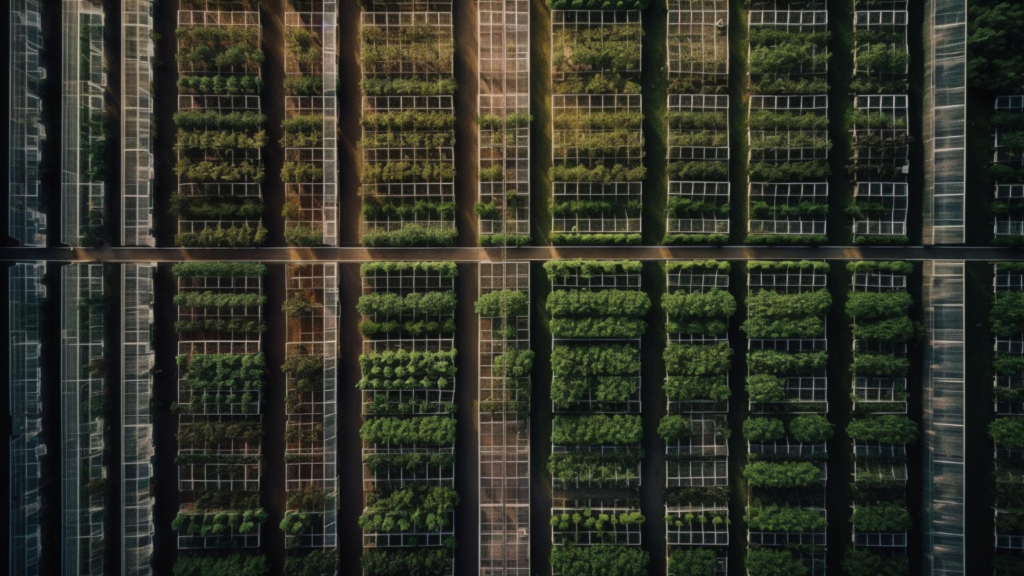The world is grappling with unprecedented challenges. Worsening climate change, resource depletion, and social inequality are among the most pressing. And the global construction industry is certainly a significant contributor.
Over the last fifty years, profit-driven emissions have resulted in missed transformation opportunities for global and local built environments. However, a zeitgeist within the construction sector centred around ingraining responsible, regenerative, and social equity-focussed building practices is emerging.

Green Star New Build V2 Tool │ Bringing Resilience, Nature, and Responsibility to the Frontlines
Green building bodies worldwide are updating their rating frameworks to shift the standard for how the construction sector designs, procures, builds, and hands over buildings. In South Africa, the Green Building Council of South Africa (GBCSA) has taken the lead with its Green Star New Build V2 Tool.
It is a flagship framework, signalling a change in the status quo of built environment sustainability standards. Aligned with the tool’s recent launch, Ecolution has outlined several new categories the updated tool assesses.
Here’s how some of the key categories work:

The Resilient Category
Credits in the Resilient Category are awarded for building resilience across four key areas:
- Climate change: Design and materials withstand future climate impacts.
- Operations: Systems withstand acute shocks. (e.g., earthquakes and floods, ageing infrastructure, and economic uncertainty)
- Social: Building supports community during and after the above disruptions.
- Heat: Uses passive cooling to reduce the heat island effect and reliance on energy-intensive measures.
Advancing Resilience
Green Star V2 takes a revolutionary approach to resilience assessment, evaluating both the finished structure and its entire lifecycle. This broader scope positions it as a leader in resilient building analysis, adapting to the ever-changing demands of our world. In short, V2 is a quantum leap in resilience assessment.
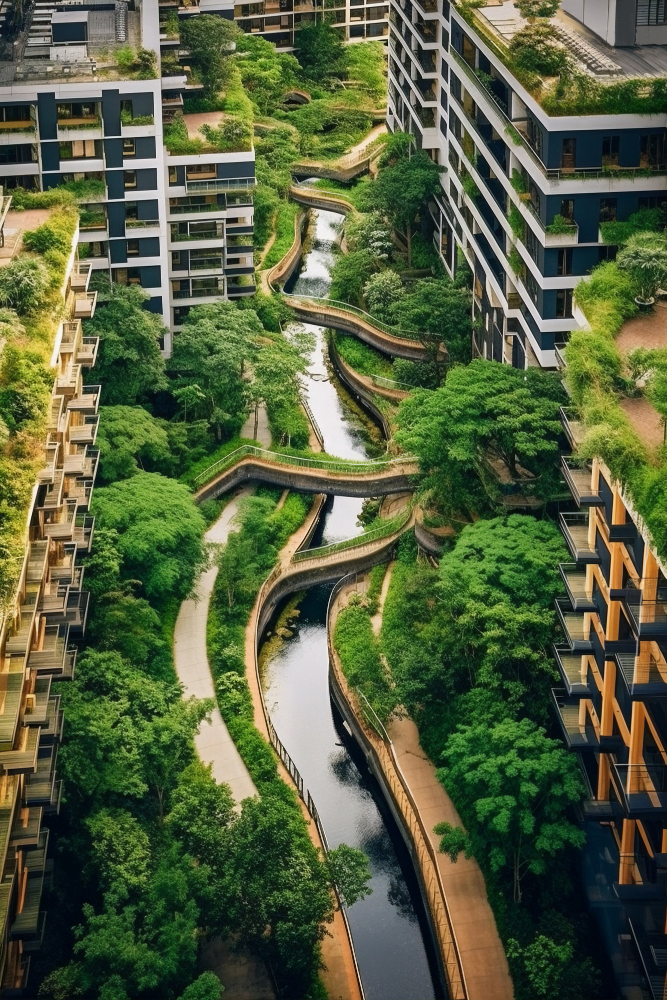
The Positive Category
The Positive Category encourages buildings to have a positive contribution to the environment by reducing carbon and water use. It focussed on the measured performance of buildings; designers will need to become more proficient at quantifying the construction and operational impact of buildings upfront.
Credits are awarded for:
- Upfront Carbon Emissions: Use of “carbon balance sheets” for buildings, pushing for innovation and low-carbon choices like mass timber construction
- Energy Use: Minimised operational carbon through efficient design, systems, and occupant & staff-driven energy savings systems.
- Other Carbon Emissions: Limitation of hidden emissions such as refrigerants, transport, and materials’ embodied carbon.
- Water Use: minimal water use via efficient fixtures, rainwater capture, and treated greywater reuse.
Towards Net-Positive
Beyond simply complying with existing sustainability standards, the Positive category pushes towards net zero carbon and water, mirroring the ambition of EDGE certification. This means buildings go beyond self-sufficiency to positively contribute to their surroundings.
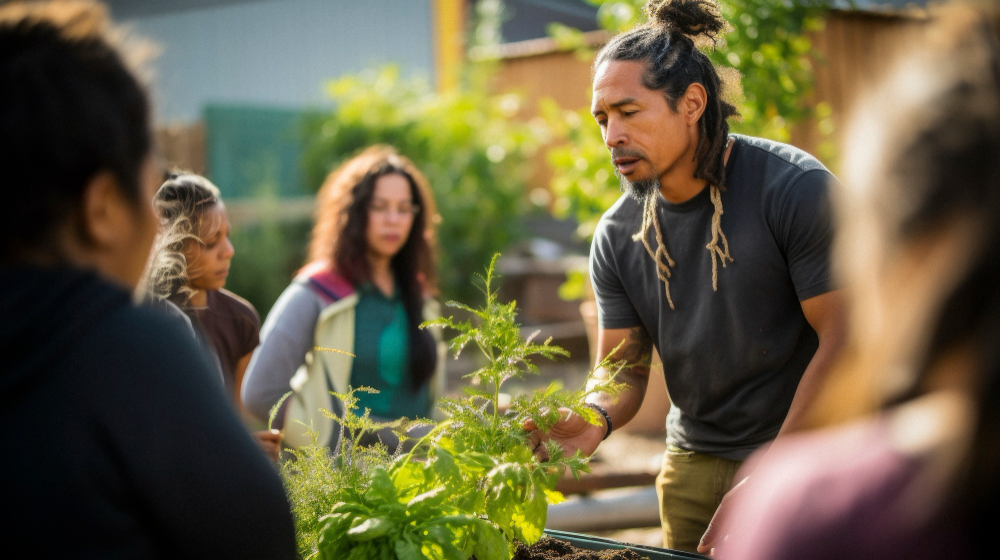
The Places Category
The Places Category focuses on integrating buildings with their surroundings and fostering positive community impact. Credits are awarded for:
- People-Centric Design: Pedestrian comfort, ease of access, and well-being.
- Contribution to Place: Integrated with surrounding challenges and opportunities, and fostering community building.
- Movement and Connectivity: Encourages low-carbon transportation options and accessibility.
- Identity of Place: Enhances local culture, heritage, and identity through design interventions.
- Safer Spaces: Ensures occupant safety and security.
Spearheading a Community-Centric Design Paradigm Shift
The Places category emphasises human experiences and community benefits. Points are awarded for design features that connect people to their surroundings, promote individual and community well-being, and encourage cultural sensitivity.

The Nature Category
The Nature Category measures a building’s impact on its surrounding natural ecosystem, focusing on minimising harm and maximising positive impacts. Credits reward and recognise mitigation strategies as well as ecological regeneration activities..
Let’s take a look at each:
- Impacts on Nature: Acknowledgement of sensitive ecological value chains like watercourses, wetlands, and forests (watercourses, wetlands, riparian zones, forests, coastlines)
- Waterway Protection: Promotion of integrated drainage systems to protect natural waterways
- Ecological Regeneration: Reintroduction of locally indigenous vegetation for habitat restoration and carbon sequestration.
- Nature Stewardship: Encouragement of operational activities like habitat rehabilitation and wildlife conservation beyond the building site.
- Nature Connectivity: Support of animal mobility and seed/pollen dispersal through landscape connections.
Nurturing Nature
Ultimately, the Nature Category pushes for buildings that not only minimise their negative impact, but actively contribute to a healthy and flourishing natural environment, both within and beyond their immediate footprint.
To identify locally indigenous vegetation types, explore SANBI’s Vegetation Map.

The Responsible Category
The Responsible Category promotes ethical standards and environmental consciousness throughout a building’s lifecycle. Credits focus on:
- Industry Development: Fostering collaboration, transparency, and data sharing within the sustainable building sector.
- Responsible Construction Practices: Reducing environmental impact through certified construction practices, waste management plans, and sustainability training.
- Verification and Handover: Ensuring quality, functionality, and efficiency during commissioning, handover, and occupancy phases through best practices and ongoing monitoring.
- Responsible Waste Management: Implementing systems for safe and efficient waste separation and recovery.
- Responsible Product Framework: Encouraging the use of recycled, low-impact, and ethically sourced materials in construction.
IMPORTANT NOTE: The responsible product framework is still in development and it is not included in the pilot phase of Green Star V2.
Elevating Building Standards
Overall, the Responsibility Category emphasises responsible sourcing, construction, and operation, aiming to create environmentally friendly and healthy buildings for occupants and contribute to a more sustainable industry.
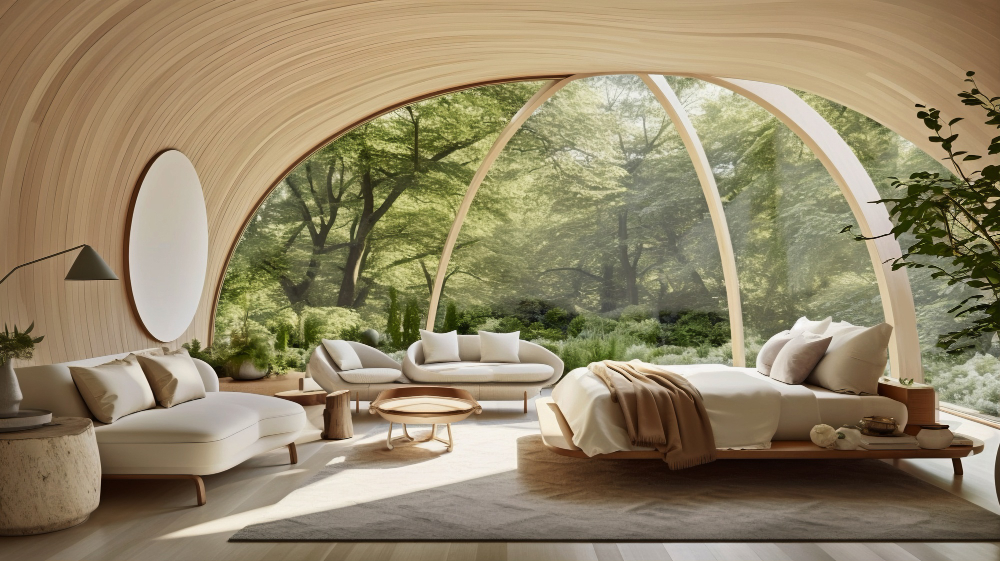
The Healthy Category
The Healthy category awards credits for clean air, light quality, and exposure to toxins, with additional credits for acoustic comfort, amenity and comfort, connection to nature, and thermal comfort. Let’s take a look at each:
- Lighting Quality: Design promotes comfort, daylight access, and glare mitigation.
- Clean Air: Ventilation ensures healthy indoor air quality through duct cleanliness, filtration, and pollutant minimization.
- Exposure to Toxins: Buildings avoid exposing occupants to harmful toxins in materials like paints and carpets.
- Functional Acoustic and Amenity Comfort: Design minimises noise and provides amenities like accessible relaxation spaces, sick rooms, and movement opportunities.
- Connection to Nature: Buildings incorporate nature elements like views, plants, and dedicated spaces for a closer connection.
- Thermal Comfort: Design ensures thermal comfort through risk assessment, adaptation strategies, and specific solutions for identified risks.
Prioritising Occupant Health
Overall, the Healthy Category promotes buildings that prioritise occupant health and well-being through clean air, good lighting, minimal toxins, noise control, access to nature, and comfortable thermal conditions.
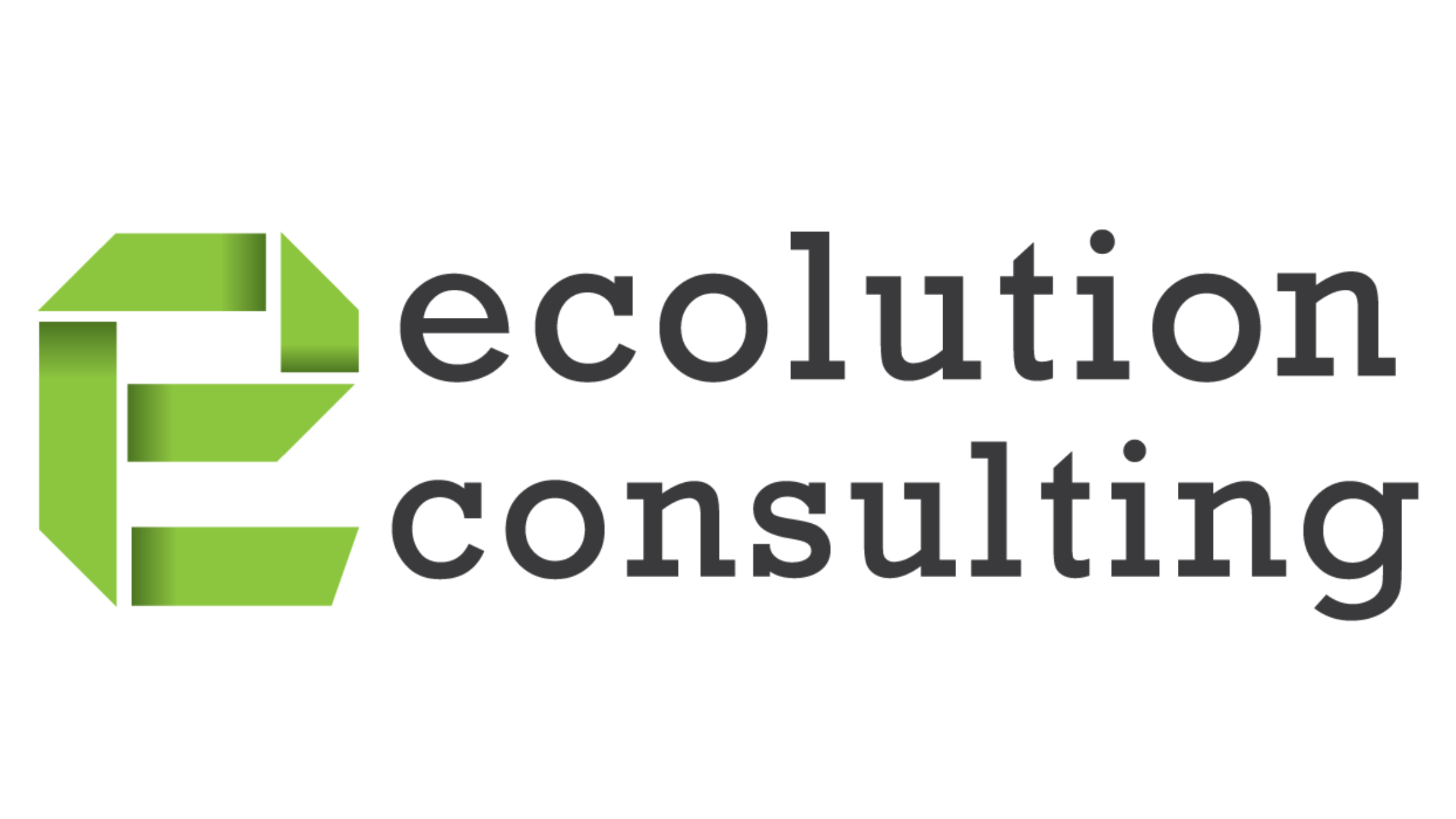
Green Star New Build V2 Tool │ In Summary
Ecolution’s ongoing partnership with the Green Building Council of South Africa (GBCSA) emphasises our commitment to promoting and mainstreaming next-generation rating frameworks. The company’s leadership is further embedded by having its team involved in voluntary contribution to develop the new build; In 2023 and 2024, Ecolution was awarded a specific scope to refine and develop the key verification and handover credit.
Contact us to find out more about Green Star V2.


